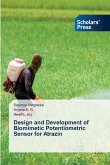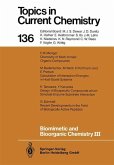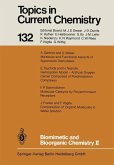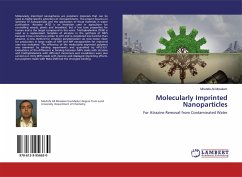Plasticizers are commonly used in sensor fabrication to improve the mechanical properties and flexibility of the sensing materials. However, the choice of plasticizer can influence the performance and sensing characteristics of the biomimetic potentiometric sensor for atrazine. Different plasticizers can affect the sensitivity, selectivity, and response time of the sensor.The potential response of the sensor was studied using different plasticisers Dioctyl phthalate, DOP and Bis(2-ethyl hexyl)sebacate, BEHS. The sensor with BEHS shows a better Nernstian response in the range of 10-4 M - 10-8 M with a limit of detection 1×10-8 M and a slope of 56.2 mV. The newly created sensor has a dynamic response time of one minute and fifty seconds, and conditioning the sensor in a buffer containing 0.1 M acetic acid is necessary to obtain more accurate, repeatable findings.This study describes how plasticizers affected the design of a biomimetic potentiometric atrazine sensor.
Bitte wählen Sie Ihr Anliegen aus.
Rechnungen
Retourenschein anfordern
Bestellstatus
Storno








